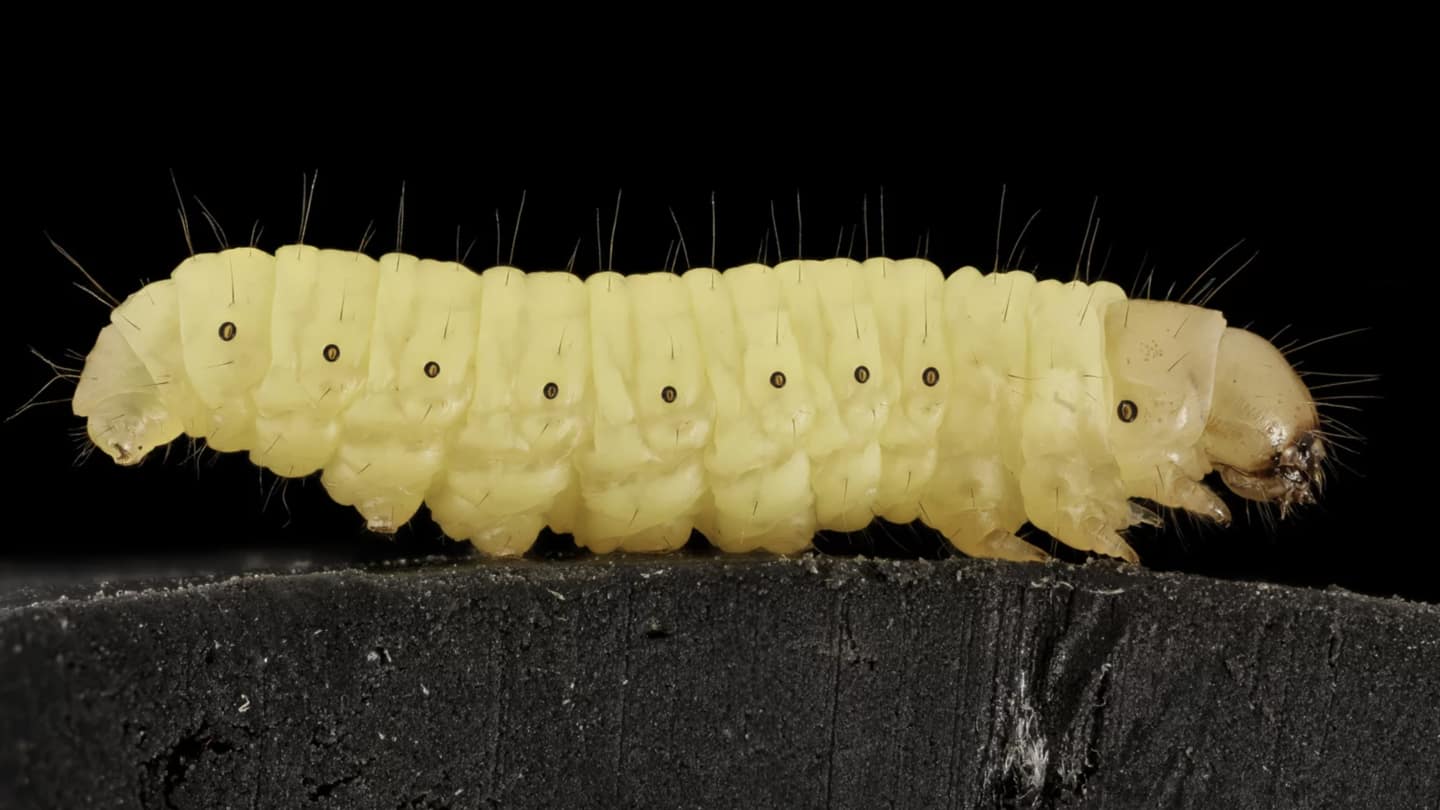
Wax worm's saliva can degrade tough plastic, claims study
What's the story
The environmental concerns over the hazardous effects of plastic pollution are steadily rising.
Scientists have discovered that the salivary enzymes found in wax worm larvae (Galleria mellonella) can substantially break down polyethylene, a popular yet stubborn polymer.
According to a study published in Nature, a team of Spanish researchers claims that these are the first-ever animal enzymes to exhibit such potential.
Context
Why does this story matter?
Plastic seems to have found its way to the ocean depths and even to the polar regions. However, there has been no stone left unturned to mitigate its hazardous impact on the environment.
Scientists have now claimed that wax worm saliva might contain the 'fastest known biological agent' which is capable of efficient degradation of plastic.
This might be a groundbreaking solution.
Information
Wax worms are popularly used as a 'bait' during fishing
Wax worms or greater wax moths are tiresome pests and a threat to the bee population. At the larvae stage, these worms are known to feed on honeycombs. This might serve as a plausible explanation behind their inherent ability to degrade polythene.
The study
Two salivary enzymes have been identified in wax worm larvae
Previously in 2017, the same Spanish group revealed that wax worms could break down plastic.
According to recent developments, researchers have identified two salivary enzymes classified under the phenol oxidase family. These enzymes are crucial in the chemical modification process of polyethylene.
Wax worm saliva surpasses the crucial initial oxidation step in the degradation process of polyethylene, bringing about effective depolymerization.
Viable solution?
Wax worm saliva works at room temperature
The most noteworthy aspect of this study is that wax worm saliva exhibits its effect at room temperature and physiological pH within a short duration of exposure to plastic.
The chemical modifications of polyethylene resulting from just one hour of exposure to the salivary enzymes can be considered analogous to the effect mediated by years of any natural weathering process.